Are you looking for where to ski in Japan? Japan is famous for light and dry powder snow and high-quality ski resorts. From Niseko to Hakuba, Japan ski resorts not only offer the best skiing adventure but also provide various post-ski activities and cultural experiences.
We give a guide on planning a Japan ski trip, including what your ideal ski resort is, what you can experience, and when to ski in Japan.
Table of Contents
Why Ski in Japan?
Best Time to Ski in Japan
Where to Ski in Japan
Best Ski Resorts in Japan
Unique Japanese Ski Experiences
Planning Your Ski Trip to Japan
Cost-Saving Tips & Budget-Friendly Skiing
FAQs about Ski in Japan
Why Ski in Japan?
What Makes Japan a Global Skiing Hotspot?
Japan is famous for its fluffy, high-quality powder snow, which is called "Japow". Japanese maritime climate brings voluminous dry snow, especially in Hokkaido. The annual snowfall in Japan's ski resorts is approximately 10 to 18 meters.
Japan has numerous ski resorts, and Japan ski mountains offer diverse terrain. You can enjoy ski trails suitable for skiers of different levels and breathtaking winter views while skiing in Japan.
Japan ski resorts integrate modern skiing facilities with Japanese traditional culture experiences, such as onsen (hot springs) and traditional architecture.
Cultural Fusion
Soaking in the hot spring is the ultimate way to relax after a day of skiing on the slopes. The steaming natural hot springs can soothe your muscles and relieve fatigue.
You can stay overnight at a ryokan near the ski resort you visit. A ryokan usually offers Japanese dishes, hot springs, and a Japanese vibe. In Japan, families with kids can consider ski resorts with family-friendly facilities, such as Niseko, Kiroro, and Tomamu.
Seasonal Highlights
Peak season (December–March) has steady snow quality. During Christmas in Japan, there are Christmas celebration events at many ski resorts in Japan.
In November and April, there are fewer people skiing in Japan, and you can enjoy off-peak deals. In April, you may see cherry blossoms burst into bloom.
Best Time to Ski in Japan
The peak Japan ski season is typically from December to March. Depending on the ski resort, you might be able to start skiing as early as November, especially in Hokkaido in the northern part of Japan. Some ski resorts extend their skiing season until the beginning of May.
The best ski season in Japan is in January and February, with the best powder snow and steadiest snowfall. January and February are also the busiest times when there are larger crowds and higher prices, especially during Christmas and around Chinese New Year. It is wise to book 6 months in advance.
If you want a favorable price and fewer crowds, November and April are shoulder seasons. But the snow conditions at this time are undetermined. We recommend skiing in Hokkaido because the snow season in Hokkaido is longer.
Where to Ski in Japan
Hokkaido, Nagano, and Tohoku are the three main Japan ski areas. Where is the best place to ski in Japan for you depends on your demand for ski resorts. The snow quality in Hokkaido is the best. Nagano is more convenient. Tohoku is relatively cheap.
Skiing in Hokkaido
Hokkaido is the northernmost island in Japan, with unparalleled powder snow that typically falls over 15 meters. The winter in Hokkaido lasts longer with consistent snowfall. Ski resorts in Hokkaido offer varied terrain ski runs for beginners, intermediates, and experienced skiers. You can find the best ski resorts in Japan, such as Niseko, Furano, and Rusutsu ski Resort.
Skiing in Nagano
Nagano is close to Tokyo with convenient transportation. It only takes about two hours to travel from Tokyo to Nagano by Shinkansen. If you plan to visit cities such as Tokyo and Kyoto while skiing in Japan, you can consider ski resorts in Nagano.
Nagano hosted the Winter Olympics in 1998. Nagano's powder will not disappoint you, just like Hokkaido's. The resorts in Nagano have a higher altitude and steeper terrain than those in Hokkaido. In addition to skiing, you can also experience hot springs and see snow monkeys soak in hot springs.
Skiing in Tohoku
The ski resorts in Tohoku are not as famous as those in Hokkaido and Nagano, but you can enjoy quite affordable prices and fewer crowds here. The top ski resorts in Tohoku are undoubtedly Zao Onsen Ski Resort and Appi Kogen Ski Resort.
Best Ski Resorts in Japan
Japan has a variety of ski resorts, from Hokkaido's most popular Niseko to family-friendly Rusutsu. The ski resorts in Japan are places where families with children, skiers, and snowboarders of all levels can all have fun.
Hokkaido's World-Class Resorts
Niseko United provides the most stable powder snow in the world. You only need to purchase one ticket to ski in the 4 interconnected zones within the resort. You don't need to worry about language and communication barriers, because Niseko United is English-friendly, which usually attracts a large number of Western tourists. You can explore epic backcountry and try thrilling tree runs.
Rusutsu Ski Resort is perfect for families with kids. Rusutsu offers skiing courses specifically designed for children. You can ski on family-friendly slopes and enjoy first-rate powder snow. Rusutsu has fewer people than Niseko. So you can enjoy uncrowded tree runs. Besides that, you can ride on a snowcat and wind your way towards Mt. Isola.
Hakuba Valley: Gateway to the Japanese Alps
Hakuba Valley is located in Nagano, where you can enjoy the best skiing in Japan. The Hakuba Valley, which served as a venue for the 1998 Nagano Winter Olympics, has 10 ski resorts and offers varied terrain and Olympic runs.
Hakuba Happo-One is definitely a ski resort worth visiting, with long runs. There is an onsen resort, which is one of the best hot spring spots in Hakuba. You can also enjoy panoramic views of the mountains.
At Goryu Resort, you can experience night skiing at Toomi Slope. From beginners to advanced skiers and snowboarders, all can enjoy night skiing here. Goryu Resort has beginner-friendly slopes, which are wide and gentle.
Nagano & Niigata Regions (Japanese Alps)
As the largest ski area in Japan, Shiga Kogen Ski Resort in Nagano has 18 interconnected ski areas. The 1998 Nagano Winter Olympics held the slalom and women's downhill events at the Shiga Kogen Ski Resort. You can use lift tickets to explore all the ski resorts in Shiga Kogen. The ski slopes in Shiga Kogen are very suitable for beginners and intermediate skiers. Besides skiing and snowboarding, you can also experience off-slope activities and visit snow monkeys.
Niigata's Myoko Kogen Ski Resort has the deepest snow in Honshu, around 14 meters. It offers quite skiing opportunities with fewer crowds. With instructors who teach in English, Myoko Kogen Ski Resort is popular among foreign tourists. Myoko Kogen includes several onsen, such as Akakura Onsen, Ikenotaira Onsen, and Seki Onsen.
Tohoku: Hidden Gems
Natsuyu Onsen (Natsuyu Kogen Ski Resort) is one of the snowiest resorts in the world, with an annual snowfall of 22 meters. Natsuyu Kogen Ski Resort has 14 ski slopes and 16 tree run areas.
Grandeco Snow Resort is a small ski resort with 8 courses. You can enjoy a quiet Japan skiing experience here. The ski slopes here are about 40% suitable for beginners and 45% suitable for intermediates. You might enjoy a long ski season at Grandeco Snow Resort from late November to early May. It depends on the weather.
Central Honshu (Fukui/Gifu)
Skijam Katsuyama features 12 ski trails for skiers, including beginners and experts. You can also enjoy hot spring baths after skiing on the high-quality slopes.
Washigatake Ski Resort provides 13 ski runs, mainly for beginners and intermediates. You can ski on wide trails and appreciate the beautiful views of the surrounding mountains. There is also a Kids Park offering interesting activities.
Emerging Zones
Zao Onsen Ski Resort in Yamagata is famous for snow monsters (tree ice), a kind of unique landscape with trees covered in snow. Zao Onsen's gentle or steep trails can meet a variety of needs.
Geto Kogen Ski Resort boasts 14 ski slopes and 8 tree runs. It has a snowfall of more than 16 meters. There are several ski runs that are available for night skiing.
Unique Japanese Ski Experiences
Various winter activities and attractions are perfect additions. Check the following things to do during your Japan ski tours.
Onsen Skiing
After enjoying snow skiing in Japan, there is nothing better than soaking in a volcanic onsen. You can easily find a ryokan or hotel with hot springs to warm up.
Japan boasts abundant geothermal resources, which create thousands of hot springs in Japan. With diverse natural minerals, Japanese hot springs are beneficial and healing.
Sapporo Snow Festival
Sapporo Snow Festival (Sapporo Yuki Matsuri) is a winter matsuri held annually in February, lasting for 7 days. Japanese and international artists would create intricate ice sculptures at Odori Park, Susukino, and Tsudome.
Sapporo Snow Festival features huge ice sculptures, snow statues, and light displays. In an immersive festival atmosphere, you can also enjoy some delicious local food.
The next Sapporo Snow Festival is on from February 4 (Wednesday) to February 11 (Wednesday), 2026.
Snow Monkey Park
Jigokudani Snow Monkey Park is located in Nagano and is home to Japanese Macaques (snow monkeys). It is really an interesting thing to visit these Japanese snow monkeys relaxing in natural hot springs.
The snow monkeys are not vigilant towards visitors. You can observe them up close and witness their interactions. But touching or feeding the monkeys is not allowed. Although winter is the best time to visit snow monkeys, Jigokudani Monkey Park is open year-round.
Snowshoeing and Sledding
Embark on snowshoe tours to explore forests and mountains covered with snow in Daisetsuzan National Park. There are onsen resorts such as Sounkyo Onsen and Asahidake Onsen distributed in the park for you to enjoy after snowshoe hiking.
At Grandeco, you can enjoy a snowshoe stargazing tour. With the professional guidance, you can appreciate the starry night sky and identify stars, planets, and galaxies.
Experience thrilling dog sledding, gliding through the snowfield with a group of energetic huskies.
Cultural Experiences
An izakaya is a type of Japanese pub. If you want to immerse yourself in a casual atmosphere and enjoy food and drink, an izakaya is definitely a good choice. You can taste local specialties, such as ramen, unagi, sashimi, and yakitori (Japanese skewered chicken).
Visiting historic villages in winter allows you to admire traditional architecture and experience Japanese rural life. Shirakawa-go and Gokayama are UNESCO World Heritage Sites in Japan, known for their traditional gassho-zukuri farmhouses. In winter, the snow covering the roof makes this place look more like a wonderland.
Culinary Adventure
Hokkaido is rich in seafood resources, especially crabs, such as king crab, snow crab, and hairy crab. When you visit Hokkaido, you should feast on Hokkaido crab.
While finishing skiing on the slopes, you can enjoy richly aromatic ramen. There are various types of ramen noodles throughout Japan, like miso ramen and tonkotsu ramen.
Taste oden (a kind of hot pot) to warm you up in cold winter. You can choose a wide range of simmering food, including daikon radish (deep-fried tofu), potatoes, eggs, etc.
Planning Your Ski Trip to Japan
What to Pack for Skiing in Japan
Skiing clothes should focus on being warm, waterproof, and breathable. Choose moisture-wicking and lightweight thermal base layers, which can keep you dry and comfortable.
It is best to have waterproof and windproof outerwear to prevent snow and water from seeping in. Warm and waterproof glove is recommended. Others include ski socks, goggles, and waterproof snow boots.
Some skiing gear can be brought by yourself or rented. The skiing gear you get yourself is more in line with your usage habits, but you may face luggage restrictions. If you don't want to carry a lot of luggage during your Japan skiing tour, you can also rent some from shops, such as skis, ski boots, helmets, poles, safety gear, and backcountry gear.
Transportation Tips
Tokyo's Narita and Haneda International Airports and Hokkaido's New Chitose Airport have direct international flights. If you want to go directly to Hokkaido ski resorts, you can fly directly to New Chitose Airport. Tokyo's Haneda Airport and Narita Airport make it more convenient to reach ski resorts in Nagano.
After arriving at the airport, you can reach the ski resort by taking the bullet train and then connecting with a bus, or by taking a direct bus, such as Nagano Snow Shuttle. Chuo Taxi is also a good choice.
Cost-Saving Tips & Budget-Friendly Skiing
Affordable Accommodation Options
Ski-in/ski-out lodges offer convenience as they allow you to directly enter the ski slope and ski all the way to your accommodation. But it is more expensive than other accommodations.
Ryokans are cheaper and usually have hot springs. You can enjoy hot springs during your Japan ski tour.
Consider a hotel slightly away from the ski resort. This will cost less in terms of accommodation, but you need to spend some time traveling to the resort.
Crowd Avoidance
Japanese ski resorts usually last from mid-November to April of the following year, and some may be open until early May. Try to avoid going skiing in Japan during the peak periods of January and February. There are generally fewer crowds on weekdays.
Avoid popular ski resorts, such as Niseko Grand Hirafu. Zao Onsen Ski Resort and Appi Kogen Ski Resort provide high-quality powder with fewer visitors.
How Much Does It Cost to Ski in Japan
Items Cost
One-day Lift Tickets Around JPY 4,000 to 5,500
Equipment Rental Around JPY 3,000 to 5,000 per set
Ski Courses Around JPY 20,000 per hour
Accommodation Around JPY 6,000 per night
Food Around JPY 1,000 to 2,000
Etiquette & Language Tips
Try not to stop suddenly to avoid hindering other skiers. Ski to one side of the ski slope and then stop. When carrying your skis, be careful not to bump into others. If you drink alcohol, make sure you are awake while skiing. Wait in line when waiting for the lift.
Respect the local culture and customs of the resorts you visit. Ensure that your behavior and manners are polite. Carry cash because some resorts in Japan do not accept card payments.
You can learn some basic Japanese phrases for ski resorts:
Samui - cold
Yuki - snow
Kanpai! - Cheers!
Arigato - thank you
Arigato gozaimas - thank you very much
Dozo - please
FAQs about Ski in Japan
1. Is English widely spoken?
Yes. In the ski resorts that are popular with international tourists or highly westernized, such as Niseko and Hakuba, English is used more widely. You can find staff who speak English and skiing courses in English.
However, there may be difficulties in communicating in English at off-the-beaten-track and rural resorts. Even though the ski resort uses English, it is recommended that you download translation apps so that you can communicate when necessary.
2. Are helmets mandatory?
No. Many people don't wear helmets when skiing in Japan. However, for your safety, we strongly recommend that you wear a helmet. If you want to try three runs, you need avalanche gear.
3. Can beginners ski off-piste?
For beginners, it is only recommended to ski off-piste with guides.
4. How cold is Japan in winter?
Winters in Japan are cold with heavy snow across the country. In Hokkaido in December, the average temperature is from 2°C (35.6°F) to -4°C (24.8°F). The temperature will drop below zero in January and February. Honshu is warmer than Hokkaido.
Skiing in Japan with Hi Five Trip
Whether it's the challenging slopes or the gentle slopes, going skiing makes one excited. Imagine playing in the snow and then relaxing in a hot spring in Japan. It's time to put aside your busy activities and plan your Japan ski tour! Whatever is on your dream list, we can tailor Japan ski holiday packages for you.

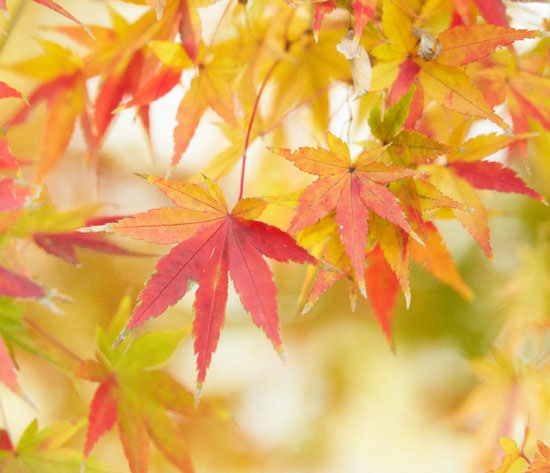
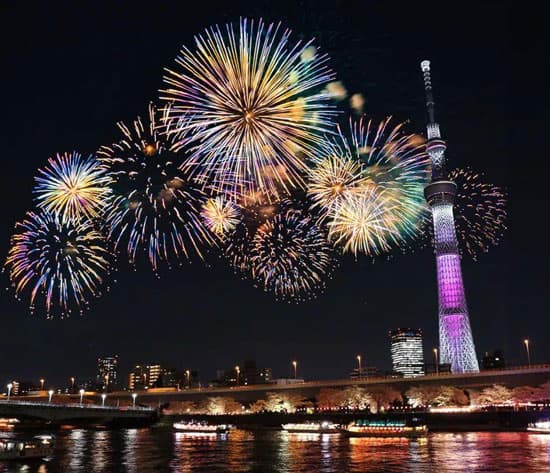
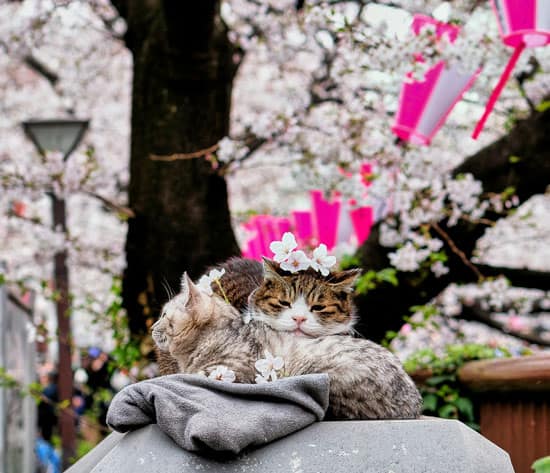
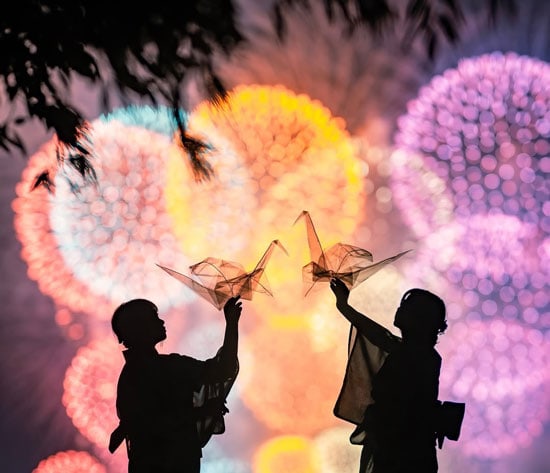
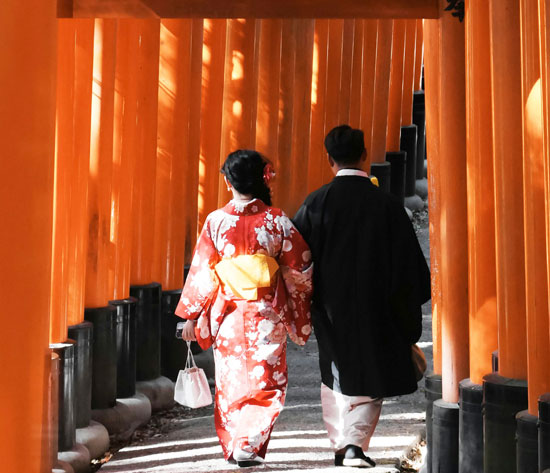
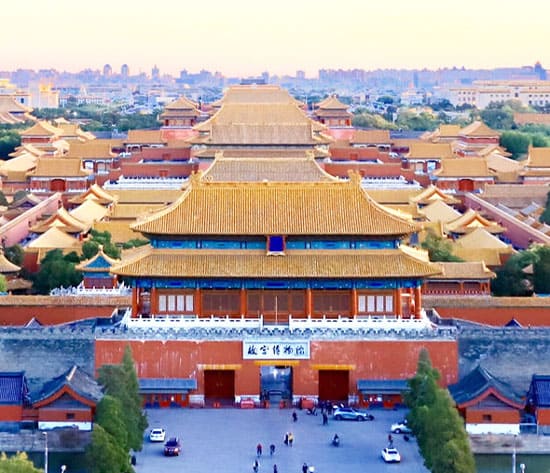
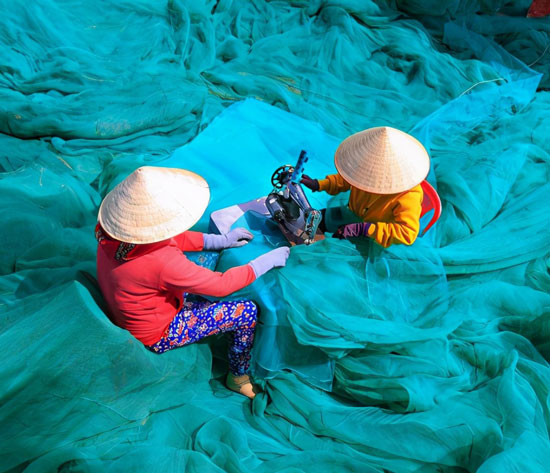
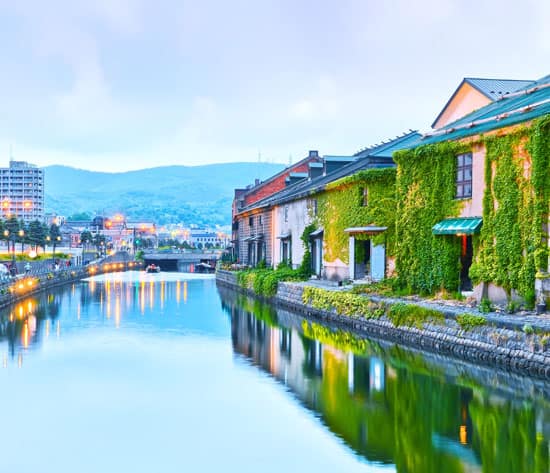
Have a Question?
You might see your comment appear on this page, but your email address and full name will not be published. Your personal information will remain confidential. Our Asia travel experts will get back to you as soon as possible. Required fields are marked *